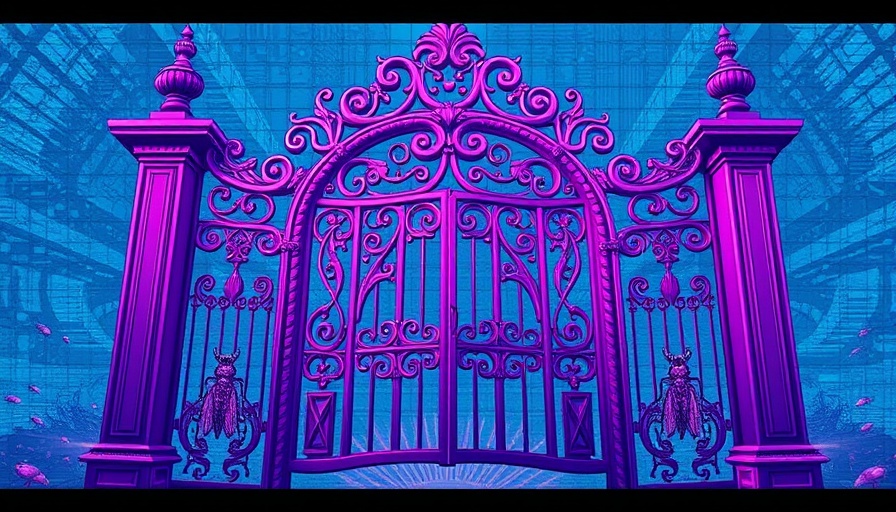
Understanding the AI Crawler Ecosystem
The internet is vast and complex, relying heavily on crawlers, which are bots that navigate the web to index information. These crawlers serve essential functions for search engines, e-commerce, and even historical data preservation. Now, with over half of internet traffic generated by crawlers, their growing prevalence raises important questions about control and access.
The Shift in Power Dynamics
Traditionally, crawlers operated harmoniously with web publishers, directing traffic to their websites in exchange for data. However, the rise of AI has disrupted this balance. AI crawlers indiscriminately harvest information, threatening the livelihoods of content creators and publishers. News organizations fear losing readers to AI chatbots, while artists worry that AI-generated content will replace their work.
The Risk of a Closed Web
In response to these challenges, many websites have started to block crawlers, especially those related to AI. While this protective measure aims to safeguard their content, it also risks making the web more closed off. The internet thrives on open access—what happens when access becomes gated by paywalls and logins? This shift could severely limit not just AI’s potential but also stifle genuine user engagement.
Future Implications and Possible Solutions
As the battle between web publishers and AI crawlers unfolds, both sides must find common ground. We need to develop solutions that protect original content while preserving the internet’s open nature. Conversations about ethics and access are crucial. If we can foster an environment that encourages collaboration rather than conflict, we can navigate toward a more inclusive digital future.
 Add Row
Add Row  Add
Add 
 Add Element
Add Element 

Write A Comment